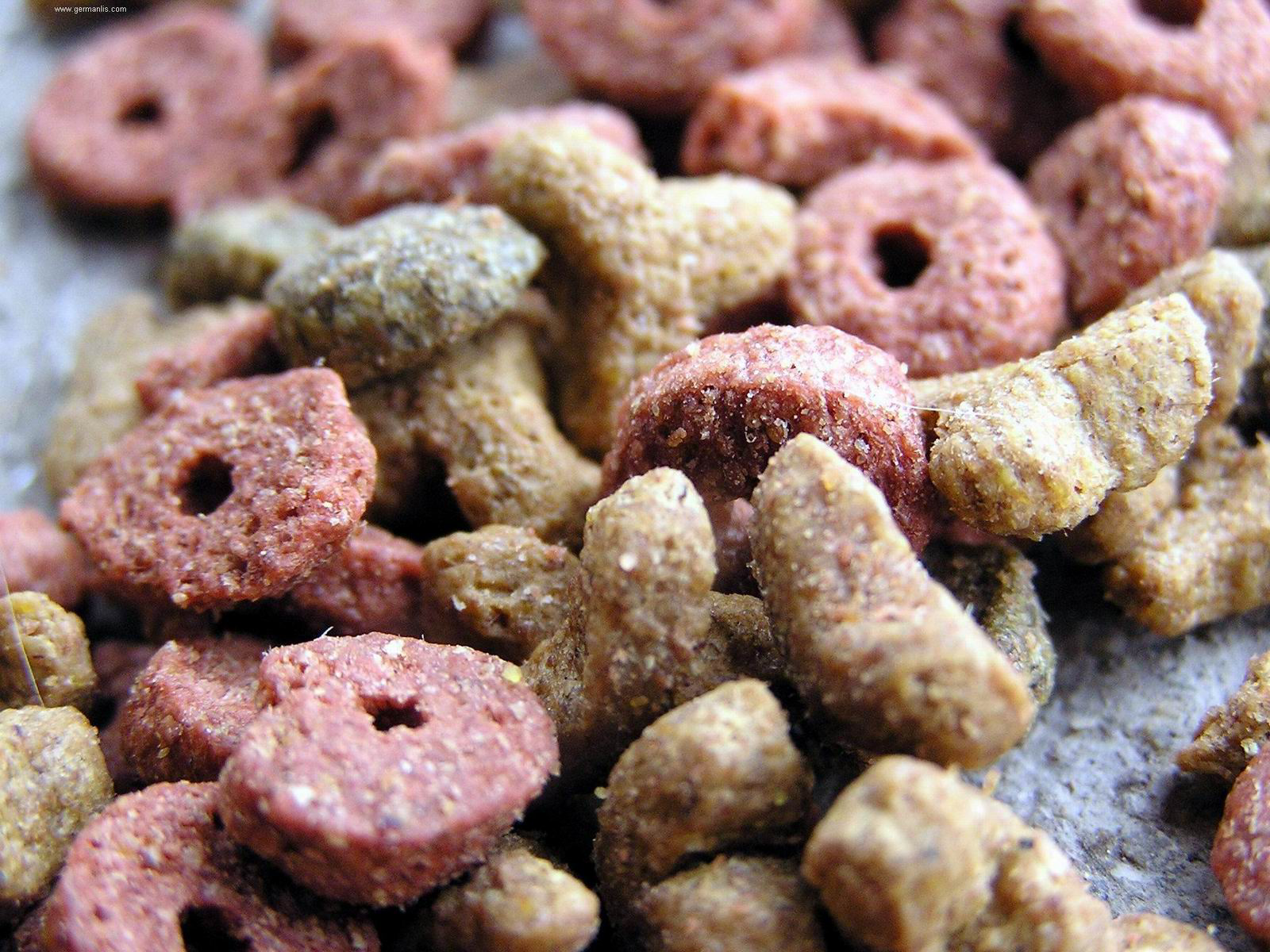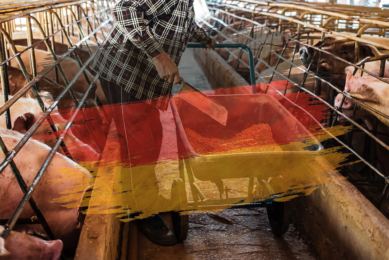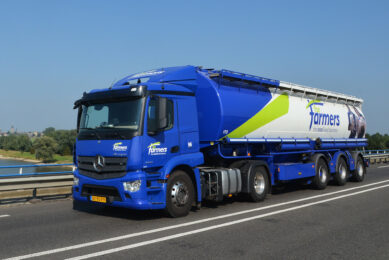Pet food extrusion: what to consider?

Today, the extrusion cooker has become the primary ?continuous cooking apparatus in the commercial production of most dry pet foods. But which process changes are subject to the formulation?
By Doug Baldwin,
Wenger Manufacturing, USA
While processing hardware, tools and techniques continue to evolve, the basics of pet food extrusion remain constant. In this article, we explain some basics that need to be kept in mind.
Trouble shooting techniques
Since the recipe has the single largest impact on bulk density of the final product, one should keep in mind that the following process changes are subject to the formulation, as not all formulations will react in the same manner.
1) Moisture content: Generally, lowering the water content injected into the product without decreasing the steam level added to the product will assist expansion. However, once the moisture level in the extruder barrel drops below 20% further decreases in moisture will result in increases in product density.
2) Dry feed throughput: Increasing the dry feed throughput will in effect reduce the open area in the final die per unit of throughput. This reduction in open area results in greater expansion. As the feed rate is increased beyond a certain point the density begins to increase due to the loss of retention time in the preconditioner and extruder barrel.
3) Mechanical energy: The mechanical energy input can be adjusted by changing the extruder screw speed, final die set-up, or screw profile. Higher screw speeds, less open area in the final die, and the addition of cut-flight screws or shear locks all will add additional mechanical energy and decrease bulk densities.
4) Temperature: Indicated temperature profiles of the product along the extruder barrel can be increased if the product is under expanded.
5) Preconditioning: Increasing the residence time in the preconditioner and the amount of steam added to the product at this point will assist in cook and expansion.
6) Steam injection in the extruder barrel: Injecting steam directly into the product along the extruder barrel will tend to lower the bulk density.
7) Oil addition: Addition of oil will increase product densities. In general, for each 1% percent of fat above 12%, the bulk density of the final product will increase by up to 16 grams per litre. Once the total fat content in the extruder barrel exceeds 22%, product durability is difficult to maintain and could result in excessive fines. Typically as the fat level increases, the moisture must be increased as well for adequate processing.
Die configuration
When it is desirable to extrude a product having a smooth surface, there are several adjustments that can be made to the processing conditions and die configuration. Moisture contents too low during
processing will cause the product to texturise on the outer surface as it passes through the die orifice. The lower moisture content reduces lubricity and retards the flow of material, and the product in the centre of the die orifices will tend to flow faster. Reducing the temperature in the last section of the extruder barrel may be necessary to help reduce sticking on the surface. If the inside surface of the die orifice is rough or is excessively long, a rough outer surface on the product can result. Improper knife blade adjustments or worn die surfaces may be responsible for “tails” on the product.
Conclusion
Exact specifications of a desired final product are set by the manufacturer, as determined by the market. Final products are formulated first to meet the nutritional requirements for the animals’ specific physiological stage of life. Economic considerations are generally guided by least cost formulation techniques. Storage and shelf-life qualities become the next concern and are achieved partially through formulation, but they are also controlled by processing and packaging techniques. Size, shape, colour, and other physical attributes are also important considerations. Certain physical characteristics built into a product often become the standard by which the consumer identifies a particular manufacturer’s product.
Article was featured in AllAboutFeed 22.8 2014











